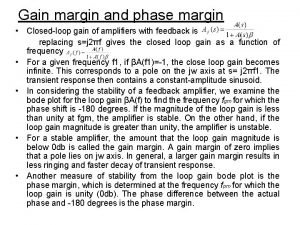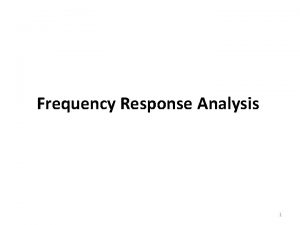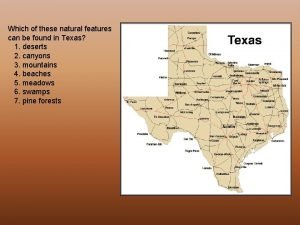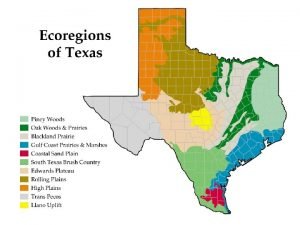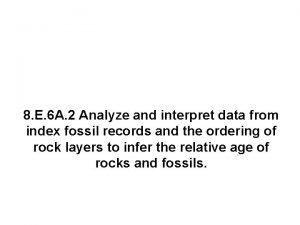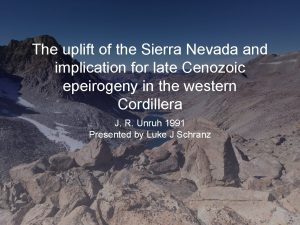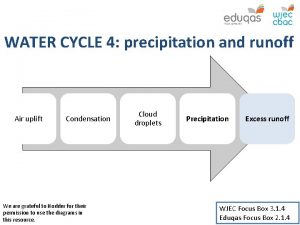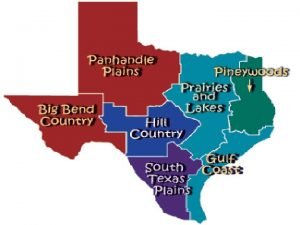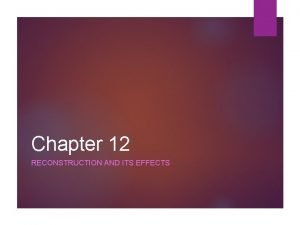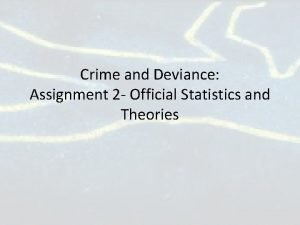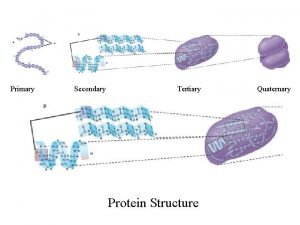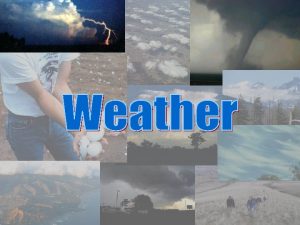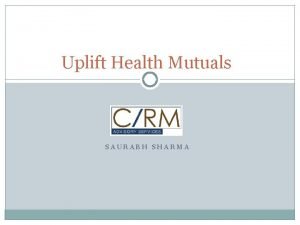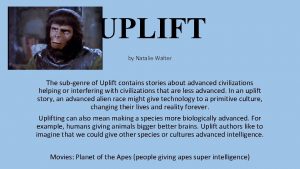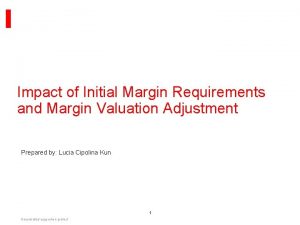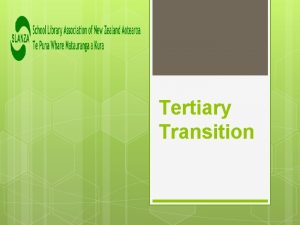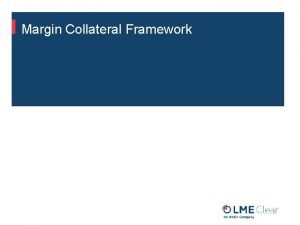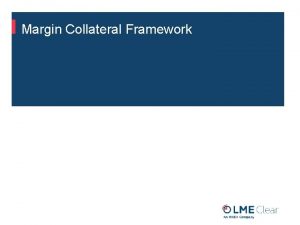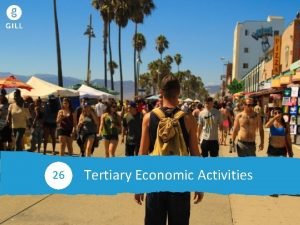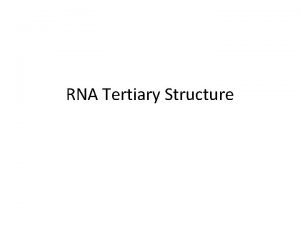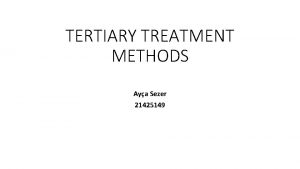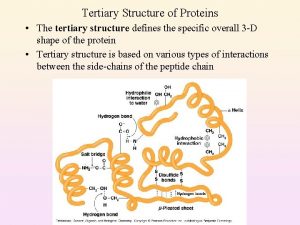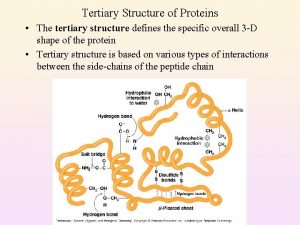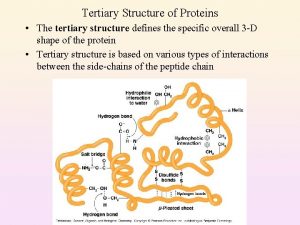Tertiary Uplift and Its Effects on Angolan Margin






























- Slides: 30

Tertiary Uplift and Its Effects on Angolan Margin Martin Jackson AGL 1999 1

Where are Tertiary uplifts in Africa? AGL 1999 2

Map shows Tertiary uplift (km), calculated on basis of present elevation of Cenomanian shorezone deposits. In N. Africa, elevations result from hot spots and rift valleys. In southwest Africa, cause of uplift is unknown. AGL 1999 3

AGL 1999 By Miocene, Africa had risen to its present elevation, unlike Australia, Europe, and S. America, so eustatic changes are not main cause of shoreline shift. 4

Present topography illustrates large epeirogenic uplift of southern Africa AGL 1999 5

AGL 1999 6

Kwanza Basin Great Escarpment AGL 1999 7

Uplifted Topography of Southern Angola · Slide 18. 6. 9. Current topography indicates massive uplift of southern Angola (brown) compared with northern Angola. 1. Pale-blue line = updip pinchout of Cretaceous-Cenozoic basins. 2. Dark-blue line along Great Escarpment = fault contact between higher Eburnian granitoids (1800 -2000 Ma) and lower Limpopo-age (>2000 Ma) granitoids. Speculation: this Precambrian crustal boundary marks a principal break allowing uplift of coastal interior. 3. Red line = possibly the best-defined fault in Angola, this separates downthrown West Congolian fold belt (~600 Ma) in N from upthrown Limpopo-age (>2000 Ma) igneous rocks in S. Fault offsets base of Kwanza Basin. Speculation: E-W crustal breaks like this must localize position of transfer faults in coastal basins and allow differential Tertiary uplift of coast. AGL 1999 8

L. Congo Basin 1 D U Kwanza Basin 3 Benguela Basin 2 AGL 1999 9

How much up… and how much down in Angola? AGL 1999 10

AGL 1999 Uplift hinge based on seismic data. Tertiary uplift based on Cenomanian elevation (Slide 18. 6. 3). 11

AGL 1999 12

Magnitude of Atlantic Hinge Zone · Lunde and others (1991) estimated more than 2 km of uplift of Angolan coast on basis of seismic data and hydrocarbon-maturity profiles (Slide 18. 6. 12) · Seaward of hinge zone (zero contour) on proximal shelf, they deduced only subsidence. · We estimated size and position of Atlantic Hinge Zone over a larger area (Slide 18. 6. 14) · Atlantic Hinge Zone (gray) follows steep contours on base of salt in depth. This scarp or step in subsalt rises from 1 km in central Kwanza Basin to 3– 4 km in Benguela Basin farther south. · Steepening of Atlantic Hinge Zone to south parallels rise of African Escarpment onshore. Both features coincide with increased epeirogenic uplift of coast toward south (Slide 18. 6. 9) AGL 1999 13

Lunde and others (1991) AGL 1999 14

Atlantic Hinge Zone and Salt Provinces · Slide 18. 6. 16 superimposes location of Atlantic Hinge Zone on map of salt provinces. · By definition, Monocline Province tracks Atlantic Hinge Zone. · As Atlantic Hinge Zone diminishes northward, Monocline Province becomes wider, more gentle, and more diffuse until it is offset by 2 inferred strike-slip zones striking NW just off Luanda. · At least one of these strike-slip zones is inferred to be transpressional and probably related to reactivation of fracture zones in basement (Slides 18. 6. 26, 27) AGL 1999 15

U D D AGL 1999 U 16

Effects of Tertiary Uplift on Angolan Margin · Increased slope => increased shear stress => increased strain. · Decreased cover thickness & water depth => decreased confining pressure => lower strength => increased strain. · Erosion of older cover provided local clastic source for Miocene progradation. · Subsidence of slope created accommodation space for Miocene. · Timing of uplift recorded by Neogene onlap and truncation in continental slope. AGL 1999 17

What’s causing Tertiary deformation? AGL 1999 18

Evidence from Hot-Spot Traces · Slide 18. 6. 20. 18 hot-spot traces across African Plate show estimated plate motion relative to mantle circulation pattern. · Some authors have inferred that African plate slowed or stopped at ~30 Ma because of – Resumption of collision with European Plate (Arana and Ortis, 1991). – Impingement of Afar or Cape Verde mantle plumes on lithosphere anchored African Plate (Burke, 1996). · Comprehensive review by Burke (1996) inferred that since 30 Ma, African Plate was near-stationary so became heated and elevated by mantle plumes, forming unique pattern of swells and basins. · But, if correct, hot-spot tracks estimated in Slide 18. 6. 20 show no evidence for slowing of African Plate; red dots (post-30 -Ma) are spaced equally to green dots (pre-30 -Ma). · Seismic modeling (Ritsema and van Heijst, 2000) casts doubt on existence of hot, low-density asthenosphere below southern Africa. No evidence that mantle plumes caused Miocene uplift of Angolan margin. AGL 1999 19

AGL 1999 20

Evidence from Tertiary Structures · Slide 18. 6. 18 shows map of Tertiary contractional structures (red lines) on shelf or shore. · 3 structures are illustrated. (1) Cabo Ledo Uplift (the largest of the pre-Aptian igneous subcrops underlying salt); this includes Tobias Field and other thrust faults or anticlines (Slide 18. 6. 21) (2) Galinda Field (Slide 18. 6. 21). (3) Cegonha Field (Slide 18. 6. 23) AGL 1999 21

AGL 1999 22

Cabo Ledo Uplift · Rocks: Flood basalts and alkali complexes. · Part of Angolan Igneous Province (lithologically and stratigraphically similar to Damaraland complexes, 137– 124 Ma). · Age: Neocomian, immediately pre-salt (119– 113 Ma). · Cabo Ledo is largest of 3 complexes: – Cabo Ledo: 1200 -m basement uplift above basin floor. – Cacuaco: 200 -m uplift (in N. Kwanza). – Moro Liso: 200 -m uplift (in S. Kwanza). · Cabo Ledo Uplift affected: – Cuvo (presalt) isopachs. – Evaporite facies. – Major uplift in Tertiary: Tobias anticline has 1700 -m relief. Brognon & Verrier 1966; Peate 1997 AGL 1999 23

Evidence from Tobias and Galinda Fields · Slide 18. 6. 25. Two depth sections, joined along red-white seam. · TOBIAS – One of the most productive fields in onshore Kwanza Basin. – One of 3 known anticlines or thrust faults on Cabo Ledo Uplift. – Seaward-verging, overturned, open anticline detaching on Aptian salt; limbs cut by break thrusts. – Folded in Tertiary; Cretaceous interval prekinematic. – Crest >1 km above regional datum; indicates origin by either buckling (lateral compression) or force folding (differential uplift). – High position on Cabo Ledo Uplift precludes origin by gravity deformation. · GALINDA – 28 km E of Tobias in deepest part of onshore Kwanza Basin. – Extremely gentle anticline; rose in Tertiary. – Gentle, poorly developed geometry means origin is ambiguous. AGL 1999 24

AGL 1999 25

Cegonha Structures · Slide 18. 6. 27. Depth-converted W-E seismic profile shows 2 parallel salt walls in core of 2 anticlines. Slide 18. 6. 22 shows location N of Luanda. · Early extension and passive diapirism followed by inversion. · Main anticline composed of thick, isopachous strata; landward fold limb onlapped by Pliocene strata. · Crest of main anticline truncated by Plio-Pleistocene erosion. · Oligocene truncation surface folded. · Salt walls squeezed, pinched, and rejuvenated by local compression. AGL 1999 26

Cegonha Inversion and Transpression · Observations relevant to origin of Cegonha structures: – Folds unlikely to be gravity driven because on shelf. – Folds are local but tight by Kwanza standards; flanked by extensional or undeformed Neogene strata. – Folds have formed rapidly (Pliocene) after stability since early Tertiary. – Folds situated in area of strike-slip tectonics (Slides 18. 6. 16, 22). · Inferred origin of anticlines: Neogene transpression of cover above subsalt rift faults or fracture zones, reactivated by plate kinematics. · Central Africa is currently under E-W compression from ridge push (Zoback, 1992). Some transpressional reactivation is likely along faults striking NE or ENE, like those in Slide 18. 6. 22. AGL 1999 27

Truncated crest Folded Oligocene unconformity Pliocene onlap 0 km 1 2 Extensional faults 3 Pinched, rejuvenated salt walls Vertical exaggeration = 2. 7 AGL 1999 Total. Fina 28

Summary · Late Cretaceous: Thermal subsidence initiates thinskinned, classic gravity spreading. · Mid-Tertiary: Basement uplift along coast renews complex gravity spreading. · Neogene: Basementinvolved inversion and transpression. AGL 1999 Western Geophysical 29

References Cited Arana, V. , and Ortiz, R. , 1991, The Canary Islands: tectonics, magmatism, and geodynamic framework, in Kampunzu, A. B. , and Lubala, R. T. , eds. , Magmatism in extensional structural settings: the Phanerozoic African Plate, p. 209– 249. Bond, G. , 1978, Evidence for Late Tertiary uplift of Africa relative to North America, South America, Australia and Europe: Journal of Geology, v. 86, p. 47– 65. Brognon, G. P. , and Verrier, G. R. , 1966, Oil and geology in Cuanza Basin of Angola: AAPG Bulletin, v. 50, p. 108– 158. Burke, K. , 1996, The African Plate: South African Journal of Geology, v. 99, p. 339– 409. De. Mets, C. , Gordon, R. G. , Argus, D. F. , and Stein, S. , 1990, Current plate motions: Geophysical Journal International, v. 101, p. 425– 478. Demercian, S. , Szatmari, P. , and Cobbold, P. R. , 1993, Style and pattern of salt diapirs due to thin-skinned gravitational gliding, Campos and Santos Basins, offshore Brazil: Tectonophysics, v. 228, p. 393– 433. Duval, B. , Cramez, C. , and Jackson, M. P. A. , 1992, Raft tectonics in the Kwanza Basin, Angola: Marine and Petroleum Geology, v. 9, p. 389– 404. Lunde, G. , Aubert, K. , Lauritzen, O. , and Lorange, E. , 1991, Tertiary uplift of the Kwanza Basin in Angola: Géologie Africaine: Coll. Geol. Libreville, recueil des Communic. , 6– 8 May 1991, p. 99– 117. Peate, D. W. , 1997, The Paraná-Etendeka Province, in Mahoney, J. J. , and Coffin, M. F. , eds. , Large igneous provinces: continental, oceanic and planetary flood volcanism: Geophysical Monograph 100, p. 217– 245. Ritsema, J. , and van Heijst, H. , 2000, New seismic model of the upper mantle beneath Africa: Geology, v. 28, p. 63– 66. Sahagian, D. , 1988, Epeirogenic motions of Africa as inferred from Cretaceous shoreline deposits. Tectonics, v. 7, p. 125– 138. Watts, A. B. , and Marr, C. , Gravity anomalies and thermal and mechanical structure of rifted continental margins, in E. Banda, M. Torné, and M. Talwani, eds. , Rifted ocean-continent boundaries: Kluwer Academic, Dortrecht, p. 65– 94. Zoback, M. L. , 1992, First- and second-order patterns of stress in the lithosphere: the world stress map project: Journal of Geophysical Research, v. 97, p. 11703– 11728. AGL 1999 30
 Gain margin
Gain margin Gain crossover frequency
Gain crossover frequency Piney woods weathering
Piney woods weathering Gulf coast prairies and marshes average rainfall
Gulf coast prairies and marshes average rainfall Unhp school
Unhp school Hydrostatic uplift on dams
Hydrostatic uplift on dams Where is the llano uplift located in texas
Where is the llano uplift located in texas Schoology uplift education
Schoology uplift education Uplift heights uniform
Uplift heights uniform Uplift
Uplift Sierra nevada uplift
Sierra nevada uplift Perceived service alternative
Perceived service alternative Runoff
Runoff Piney woods average temperature
Piney woods average temperature Uplift app
Uplift app Reconstruction and its effects
Reconstruction and its effects Assessing leadership and measuring its effects
Assessing leadership and measuring its effects Assignment
Assignment What was reconstruction? *
What was reconstruction? * Emigree poem analysis
Emigree poem analysis Its halloween its halloween the moon is full and bright
Its halloween its halloween the moon is full and bright When a train increases its velocity, its momentum
When a train increases its velocity, its momentum Cloudy sunny rainy windy
Cloudy sunny rainy windy If its square its a sonnet summary
If its square its a sonnet summary Its not easy but its worth it
Its not easy but its worth it Primary aldehyde
Primary aldehyde Primary secondary and tertiary sources
Primary secondary and tertiary sources Primary secondary tertiary quaternary structure
Primary secondary tertiary quaternary structure Types of care primary secondary tertiary
Types of care primary secondary tertiary Primary consumer
Primary consumer Example of secondary processing
Example of secondary processing
